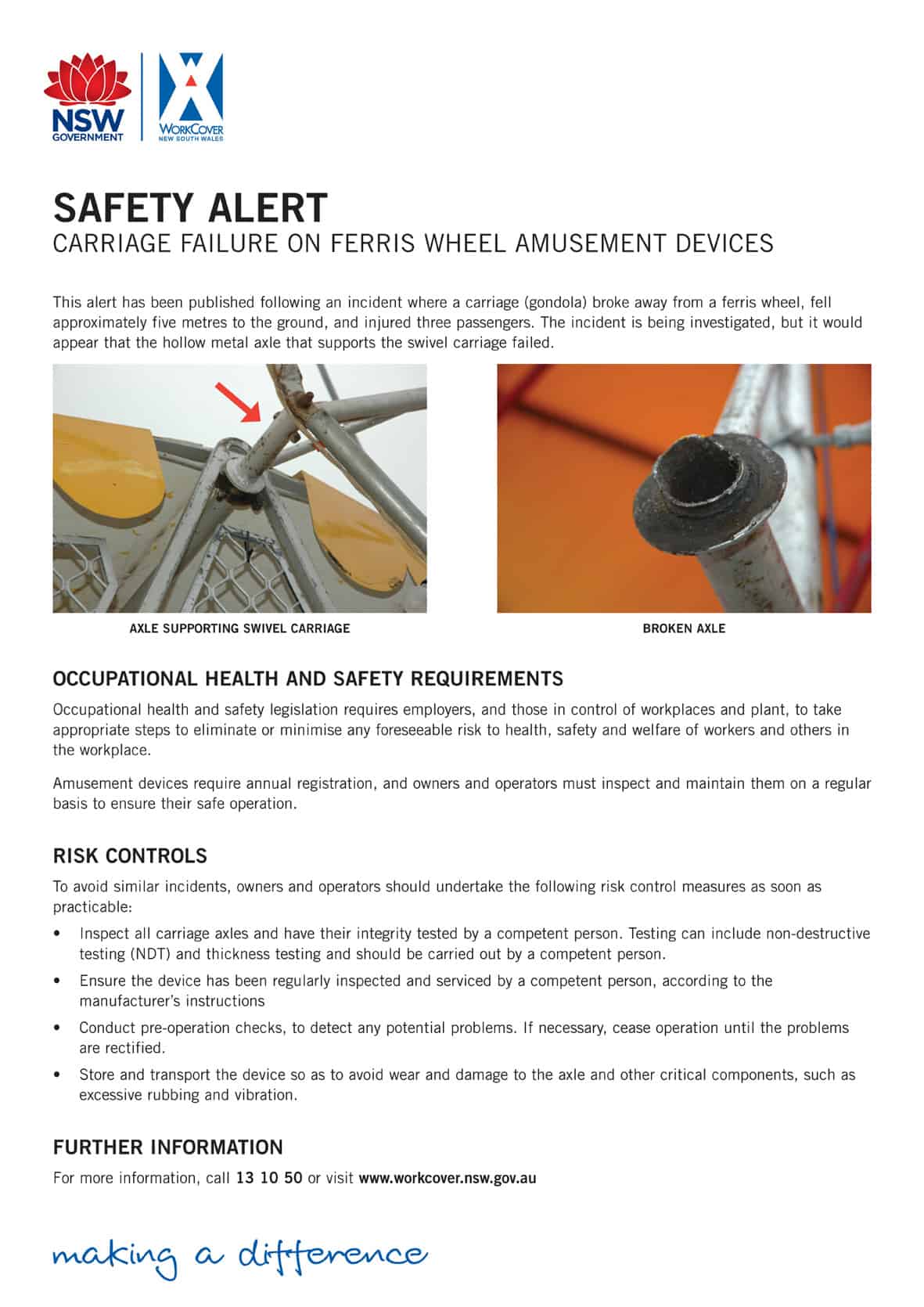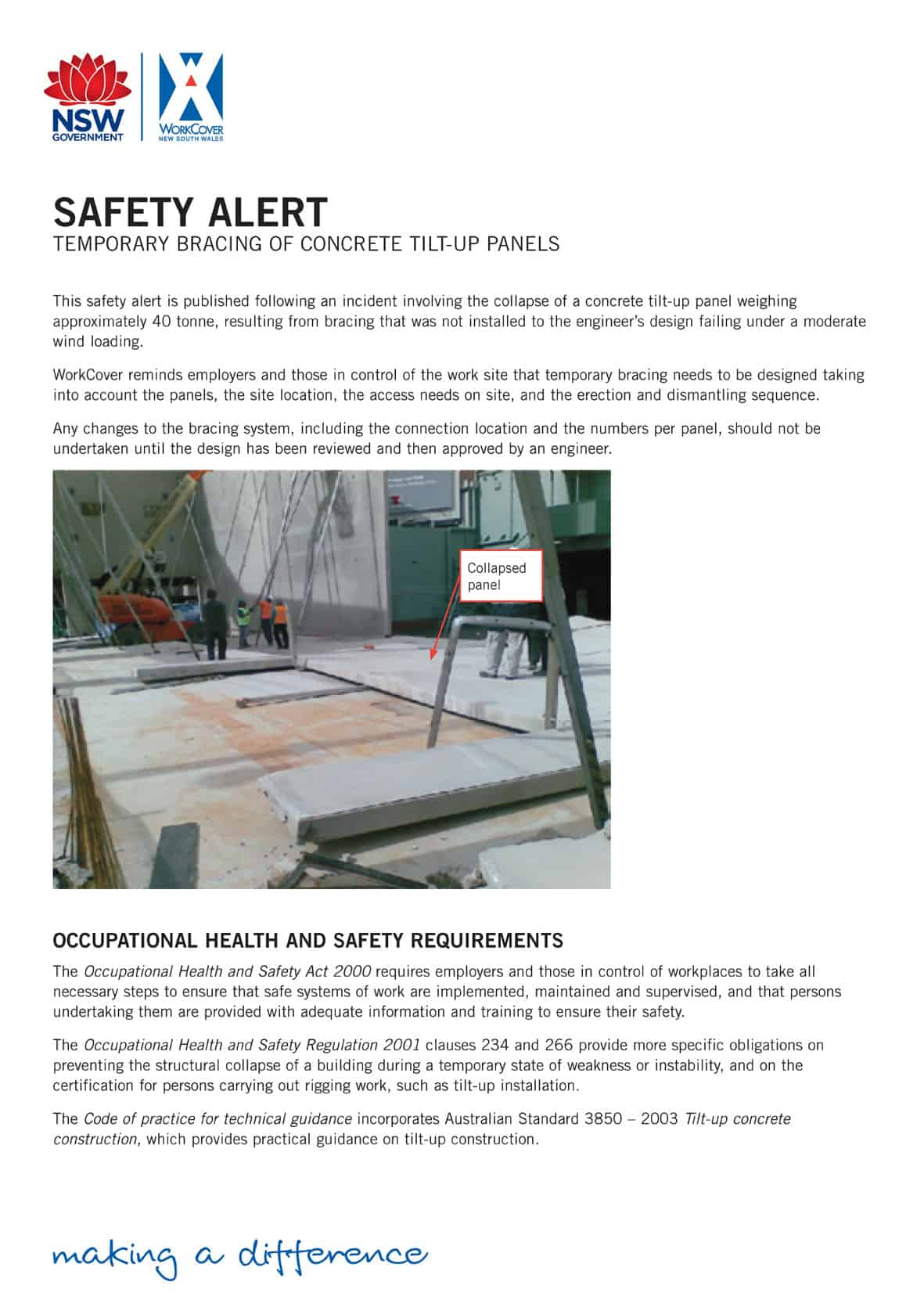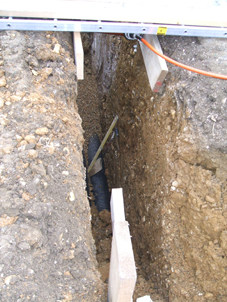Below is a summary of non-fatal workplace incidents handled by Victoria’s Metropolitan Ambulance Service over the last few weeks.
Many of these incidents gain no media attention principally due to the fact that the workers did not die but the incidents are of relevance ot safety professionals and provide a better perspective on the frequency of workplace incidents.
Hand injuries
The first case saw advanced life support paramedics from Footscray called to an Altona North address at 8am.
The Paramedic, Cameron Joyce, said when they arrived they were told the 42-year-old woman had been working with machinery when the accident happened. “‘The woman told us that the fingers on her left hand were crushed for only two or three seconds. Continue reading “Non-fatal injuries summary”





